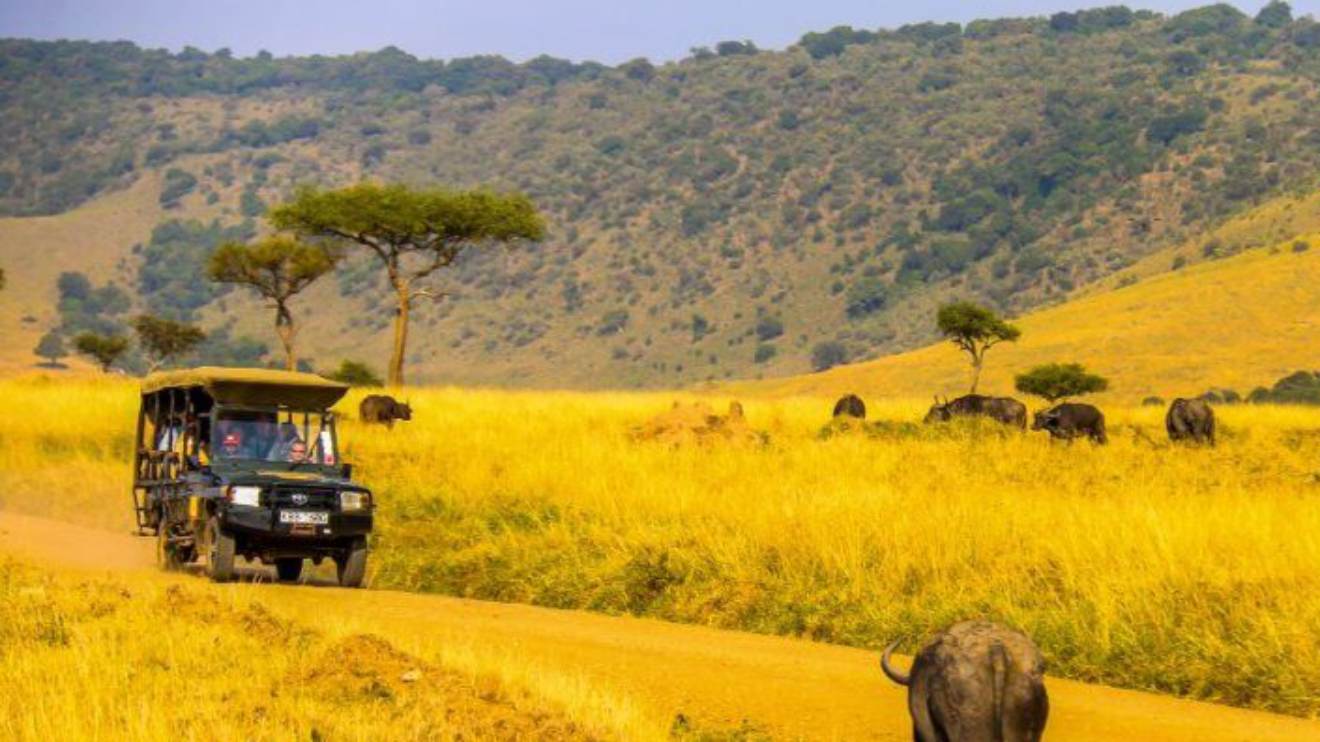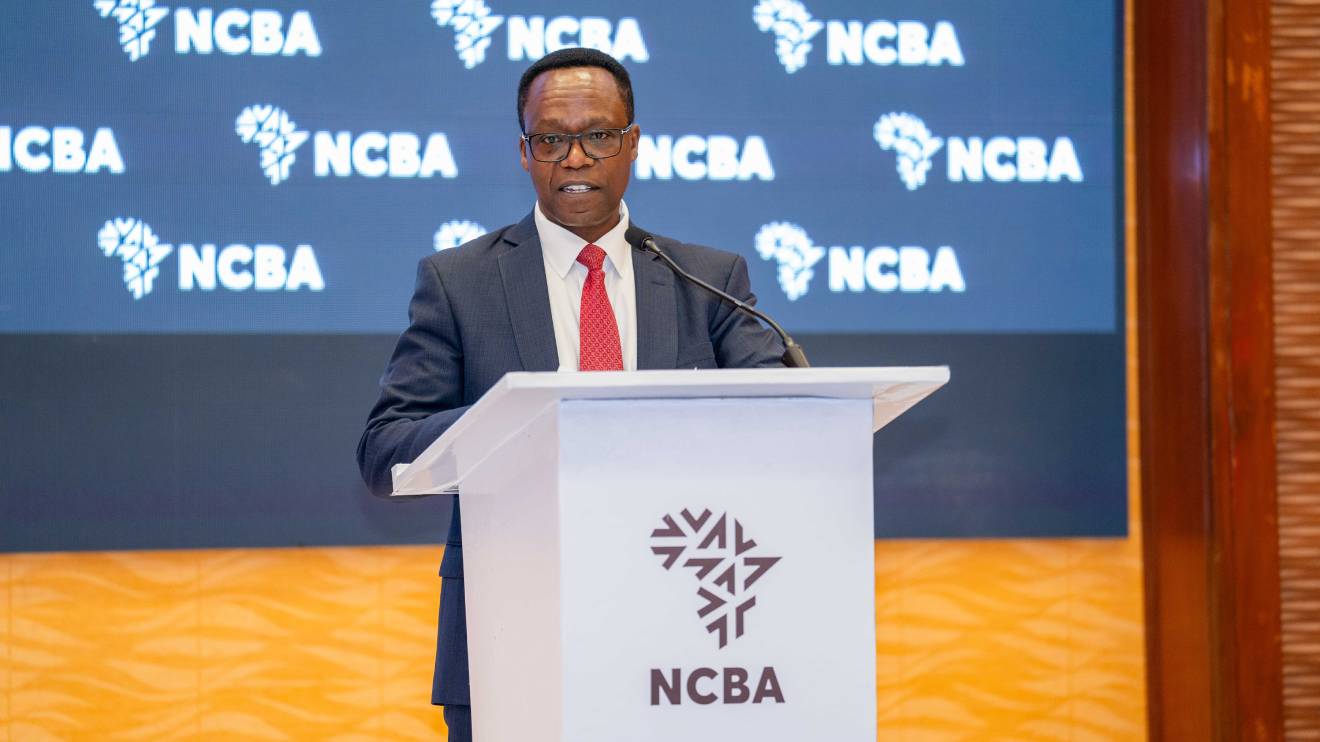Kenya's Tourism Board (KTB) is embarking on an ambitious plan to significantly boost the country's tourism sector, with the goal of attracting 5.5 million international tourist arrivals in the next five years.
The initiative seeks to harness collaborative efforts from the private sector, solidifying Kenya's position as a prominent travel destination.
KTB Chairperson Francis Gichaba, during a tourism stakeholders' meeting at Bomas of Kenya, unveiled the board's vision for the future and its five-year strategic plan for 2023-2028.
Gichaba highlighted the sector's remarkable recovery, citing a projected increase in tourist arrivals by the end of the current financial year, surpassing the 1.9 million visitors recorded in 2019.
"We are very optimistic that with the support from the private sector and other key players in the industry, our performance will even surpass the 2019 arrivals to over 2 million and progressively beyond," Gichaba stated.
Read More
Collaboration and integration of valuable ideas from private sector stakeholders are integral to KTB's strategy.
The involvement of hoteliers, tour operators, travel agents, tourism associations, and government agencies is seen as a pivotal approach to rejuvenating the tourism sector in Kenya.
In this strategy, KTB is aiming not only to increase the number of international tourist arrivals but also to enhance the contribution of tourism to Kenya's economy.
Their goal is to reach a remarkable annual contribution of Sh1 Trillion by June 2028.
Mike Macharia, the Chief Executive Officer of the Kenya Hotel Keepers Association and Caterers (KAHC), urged private sector players to customise their products and experiences to meet the evolving needs of the market.
He emphasized the importance of selling these products to the African market, which he referred to as the "low-hanging fruit" in terms of numbers and market share.
Macharia also highlighted that this approach would create opportunities for African investment in Kenya's hospitality sector.
“We talk of Africa as the low-hanging fruit in terms of numbers and market share into the country and therefore the product owners should package their products and experience and sell to Africa. This move would also open opportunities for Africans to invest in hospitality sector in Kenya,” Macharia pointed out.
Furthermore, Macharia lauded KTB for consolidating industry input into its strategy.
He challenged the marketing agency not to downsize its in-market promotional activities, emphasizing the significance of participating in tourism fairs such as the World Travel Market (WTM) and International Tourism Bourse (ITB).
He cited these events as essential for increasing brand visibility, a strategy that Kenya should adopt, drawing inspiration from competitors such as South Africa.
In the broader context of the strategy, the tourism sector seeks to increase Kenya's market share in Africa from the current 2.26 per cent to 6 per cent, while also aiming to boost employment contribution from 7.9 per cent in 2022 to an annual growth rate of 10 per cent.
The goal is to elevate the tourism sector's contribution to the Gross Domestic Product (GDP) from the 6.4 per cent recorded last year to an impressive 10 per cent by 2027.
Additionally, the domestic market is anticipated to experience substantial growth, with bed nights expected to rise from the current 5 million to about 7.4 million in 2028.
This comprehensive strategy outlines a clear path towards reinvigorating Kenya's tourism sector and driving the nation's economy to new heights.


-1756474472.jpg)



-1753733469.jpeg)


